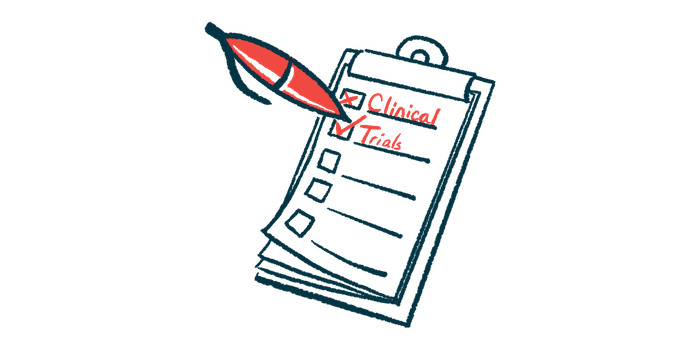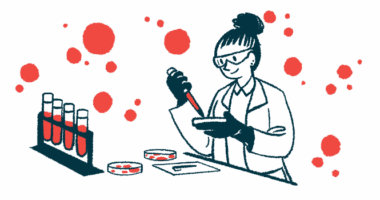Phase 1b trial of ABX1100 with late-onset Pompe disease OK’d
Aro Biotherapeutics' experimental therapy made to reduce glycogen production

The U.S. Food and Drug Administration (FDA) has cleared Aro Biotherapeutics to conduct a Phase 1 clinical trial to test ABX1100, its experimental substrate reduction therapy, in people with late-onset Pompe disease (LOPD).
The clearance of Aro’s investigational new drug (IND) application comes as the company is presenting data from a Phase 1 study (NCT06109948) that tested the therapy’s safety and tolerability in healthy volunteers. Aro recently dosed the first LOPD patient in the open-label, Phase 1b part of the trial in Canada.
“FDA clearance of our IND application, combined with the encouraging data from our Phase 1 healthy volunteer trial, provide tremendous momentum for the ABX1100 clinical development program,” Susan Dillon, PhD, co-founder, president, and CEO of Aro, said in a press release. “Attainment of these milestones bolsters our confidence as we continue to enroll patients with late-onset Pompe disease in our ongoing Phase 1 trial.”
Pompe disease is caused by mutations in the gene that provides instructions to produce acid alpha-glucosidase (GAA), an enzyme needed to break down the complex sugar molecule glycogen. In Pompe, missing or dysfunctional GAA results in glycogen accumulating inside cells, with muscle cells being particularly affected. In LOPD, symptoms appear after the first year of life and typically include progressive muscle weakness and breathing problems.
The only approved treatments for Pompe involve enzyme replacement therapy (ERT), where a working version of the defective enzyme is administered.
A new approach to treating Pompe disease
Substrate reduction therapies like ABX1100 represent an alternative approach that focuses on reducing the production of glycogen to reduce its toxic buildup and slow the disease’s progression.
ABX1100 is designed to block the production of glycogen synthase 1 (Gys1), an enzyme needed to produce glycogen. It contains a small interfering RNA (siRNA) that binds to the GYS1 gene messenger RNA (mRNA), a temporary molecule needed for protein production, to prevent Gys1 production. The siRNA is attached to a centyrin, an engineered protein that’s designed to improve delivery to target cells.
According to the company, ABX1100 reduced Gys1 levels and glycogen accumulation in muscle cells of a mouse model of Pompe.
In the first part of the trial, ABX1100 reduced levels of GYS1 mRNA and protein in muscle samples of participants, in a dose and time-dependent way. At 10 weeks after two doses of the therapy on days 1 and 29, there was about a 70% reduction in mRNA and protein levels, indicating potential therapeutic effect. The therapy’s pharmacokinetics, that is, its movement into, through, and out of the body, showed rapid clearance from blood, but persistence in muscles.
“The phase 1 results demonstrate consistent and dose-dependent delivery to the muscle, allowing ABX1100 to knock down GYS1 with a long duration of effect,” said Karyn O’Neil, PhD, co-founder and chief scientific officer of Aro. “This provides the first clinical evidence translating from the bench to bedside for our Centyrin-siRNA platform.”
The treatment was well tolerated at all doses and no serious adverse events were reported up to 85 days after treatment. There also were no early treatment discontinuations due to adverse events.
The FDA has granted ABX1100 orphan drug and rare pediatric disease designations, which are intended to advance the development of therapies for rare disorders.







